
SOME HUMANS GO HOME TO KIDS, CHORES, AND A DESK FULL OF BILLS. OUR HUMAN HOST AND FARMER EMILY HAVE BILLS TO PAY AND CHICKENS TO FEED WHEN THEY GET HOME, BUT THEY DON’T HAVE KIDS. THEY HAVE RATS AND VOLES TO HUNT IN THE OPEN FIELD…
In the days before STORYSOLD: Pest Control, after our humans’ adventure in Eastern Oregon where Emily became Farmer Emily and Jake learned to hate The Mental Health System, our humans moved to Gresham, Oregon so Emily could play a part in some of the most meaningful programs ever created by bureaucrats.
It’s run by The Generic Thing called “East Multnomah Soil Water and Conservation District”, and they called it, The Headwaters Farm Incubator Program. Patterned off successful local food source productions like Intervale in Vermont, Headwaters is the front line of the front line for protecting our land, water, and local food systems.

Where does our human fit into this picture? For a long time, Jake felt like a Groupie, an adoring, sort of dorky fan of the serious badasses who claim the title of “Local, Organic Farmer.” And being a fan was easy for Jake. Once of his favorite lines about Organic Farmers is, “Local food is the one common good that everyone can agree on. The God-fearing, gun-slinging, end-times preparing folks get local, small scale farming because the power to grow food ranks pretty high on The Strategic Guide to Surviving The Tribulation. And the Granola Crunchers agree with conservation and the importance of developing a sustainable, local food system on principle. It’s a social thing. Like church for people who hate church.”
Farming is not at all like society thinks. It’s not “unskilled labor.” It takes mad skills to be a farmer. Not only complex strategic planning skills, but raw energy sporty skills. It takes brains and brawn, and (in Jake’s humble opinion) Farmer Emily is the Micheal Jordan of Portland’s farm world. Brian and Mary of Wild Roots and Farmer Dan of Flying Coyote are close seconds, but Brian and Mary own a tractor and Dan talks too much to be A #1 Farmer of Portland.

All that’s to say, Jake didn’t fit in that picture at all. He would rather low crawl through a rat infested crawlspace than spend all day bending over to weed and harvest. That was until he found a niche in The Action that he could fill…
It wasn’t like we baited The District into hiring Wilderness Guide to catch rats on the farm. Emily played a role in Headwaters Farm Incubator Program for five years before she graduated and moved her farm to an adjacent property owned by The District, where she leased the land and subleased to other graduates like [Former] Farmer Rick and the always engaging non-English speaking farmers known lovingly as The Russians. Throughout that storyline, we saw the rat holes. We saw the rat droppings in the barn. We listened to the rat stories spun by farmers. But it wasn’t until we took over the on-site caretaker duties formerly dutied by Farmer Rick did we become acutely aware that we were living next to an infestation.
Since the beginning of The Headwaters program, Farmer Rick’s cats had been the only rodent control on the property. Most farmers at Headwaters believed in Mother Nature’s ability to balance the rodent population without any formal system of death-dealing devised by humans. They generally believed in the ragtag band of half-wild farm cats as long as they didn’t piss on the vegetables. They believed in the Great Horned Owls, weasels, coyotes, and hawks that thrived on the property. But, when Farmer Emily and Jake became the caretakers, The District decided to take the wild farm cats off that list. They didn’t want our wild creature friend, Pip the Evergreen Jungle Cat, to kill the songbirds. Which he would, without a doubt. Like a soldier or sportsman, Pip was well fed. He could kill all day everyday, because he didn’t kill to eat.
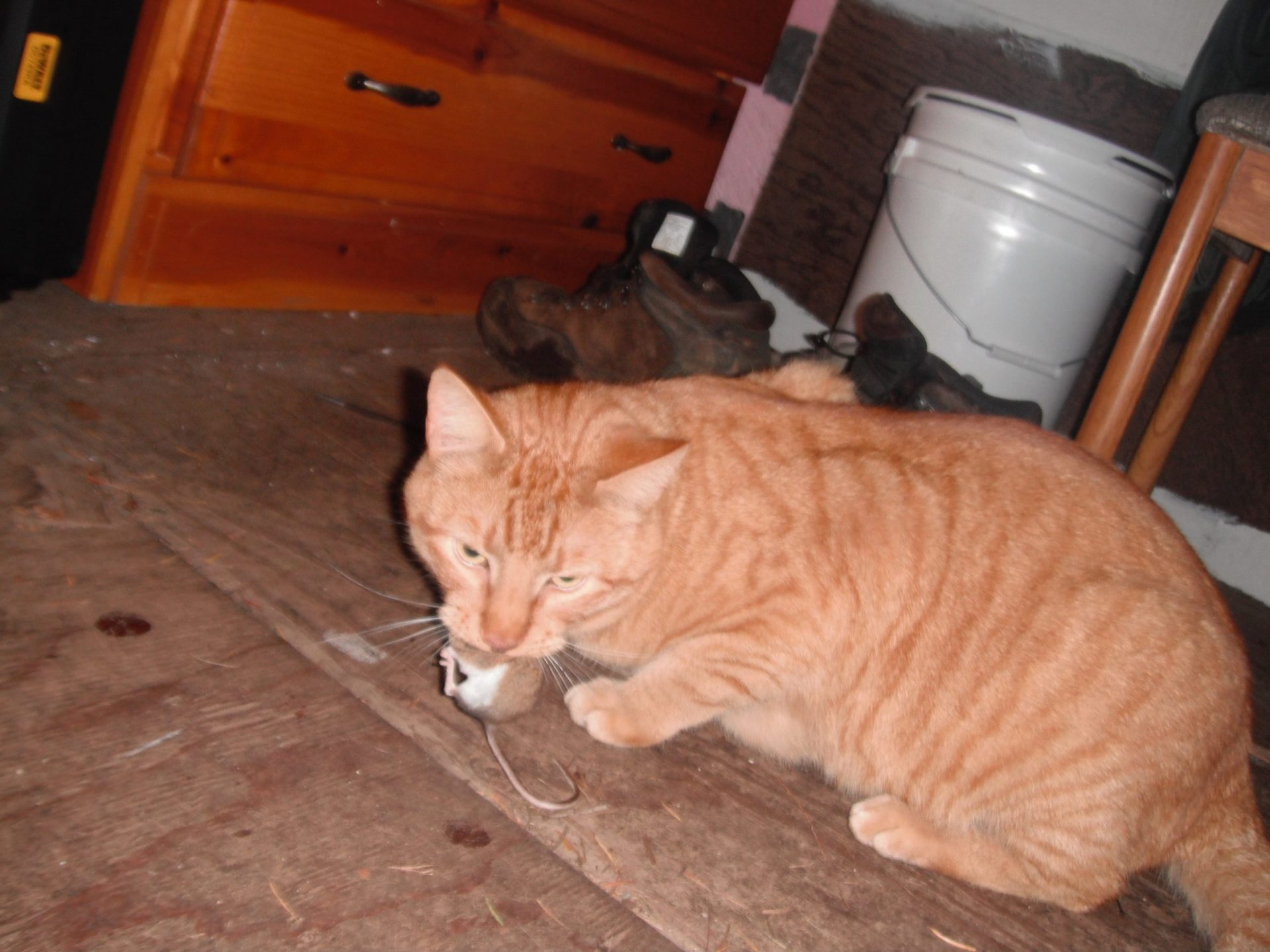
Like they say, “All an infestation needs to grow is for good rat catchers to do nothing.” We saw the rats running to and from the compost cart at the barn at night. We saw the fresh droppings in the barn. Yet we did nothing, because why? Honestly I think it was a perverse curiosity. How long could a group of organic farms go without developing an equally “organic” poison-free system of rodent control to draw The Magic Line between their crops and all the wild creatures that feed on it.
And we answered that question. Our rough estimate was “six years.” Good job owls! Good job snakes and weasels!
Our role as the official Organic Farm Rat Catcher was triggered by 2 events: a) Brian and Mary registering a formal complaint about the rats in the barn with The District, and b) the day Rowan (Headwaters’ Manager, Visionary, and Patron Saint) turned the compost pile and saw “fifty rats running from it.”
At first we asked Rowan for an official farm title, a honorary role to play in the development of our local food system, in exchange for our killing of the rats, but that didn’t happen. Instead we settled for an hourly wage and the challenge of killing rats in a barn and the open field without the use of rodenticides.
Here’s some highlights of our first epic rat hunt at home (we live next to that barn):

We quickly learned 2 things about farm rats: 1) they don’t give 2 shits about the fancy attractants we put on the triggers of our traps, because they LOVE ORGANIC VEGETABLES and the smart rats (yes smart, not mentally ill) feed on their favorite, familiar, comfort food source like drug addicts; and 2) there were some monsters living in our farm forest that could run through our standard factory made rat traps with the ease of squirrels.
To counter that, we stuffed fresh vegetables/compost (donated by the finest farmers in Portland) in live catch squirrel traps and buried them in the compost cart. This worked very well. Guide almost smiled when Farmer Justin texted us excitedly to report that we’d caught 3 rats at once!

As any rat catcher worth their salt knows, trapping rats without doing something to exclude them and or upend their happy environments is not smart. Our exclusion project at the barn produced one of the coolest “pest devices” Wilderness Guide has ever concocted:



Hunting rats in my own backyard also gave me a chance to do some experimentation. The first “Action Cycler” didn’t do so well, but it spawned a similar chicken feed excluder that worked wonders for Donna in the Couve:




The “open field trapping” at the compost had some memorable moments. Until I finally caught him or her, one of the rats would greet us, at dusk, when I checked my traps. I’ve only met 2 vocal rats; both of which were wild farm rats. The first was my first catch at Headwaters. We named him “Tomato Badass” because he was caught raiding Farmer Emily’s tomatoes in the barn. Tomato Badass “barked” at us. He was definitely not contented by the security of a cage. The guy that greeted us at the compost pile didn’t bark. This rat “grunted” as it ran slowly away from its nest, baiting us to chase. Which we did, if only for a lark. The Grunt was one of our favorites. It was sad to see him go…
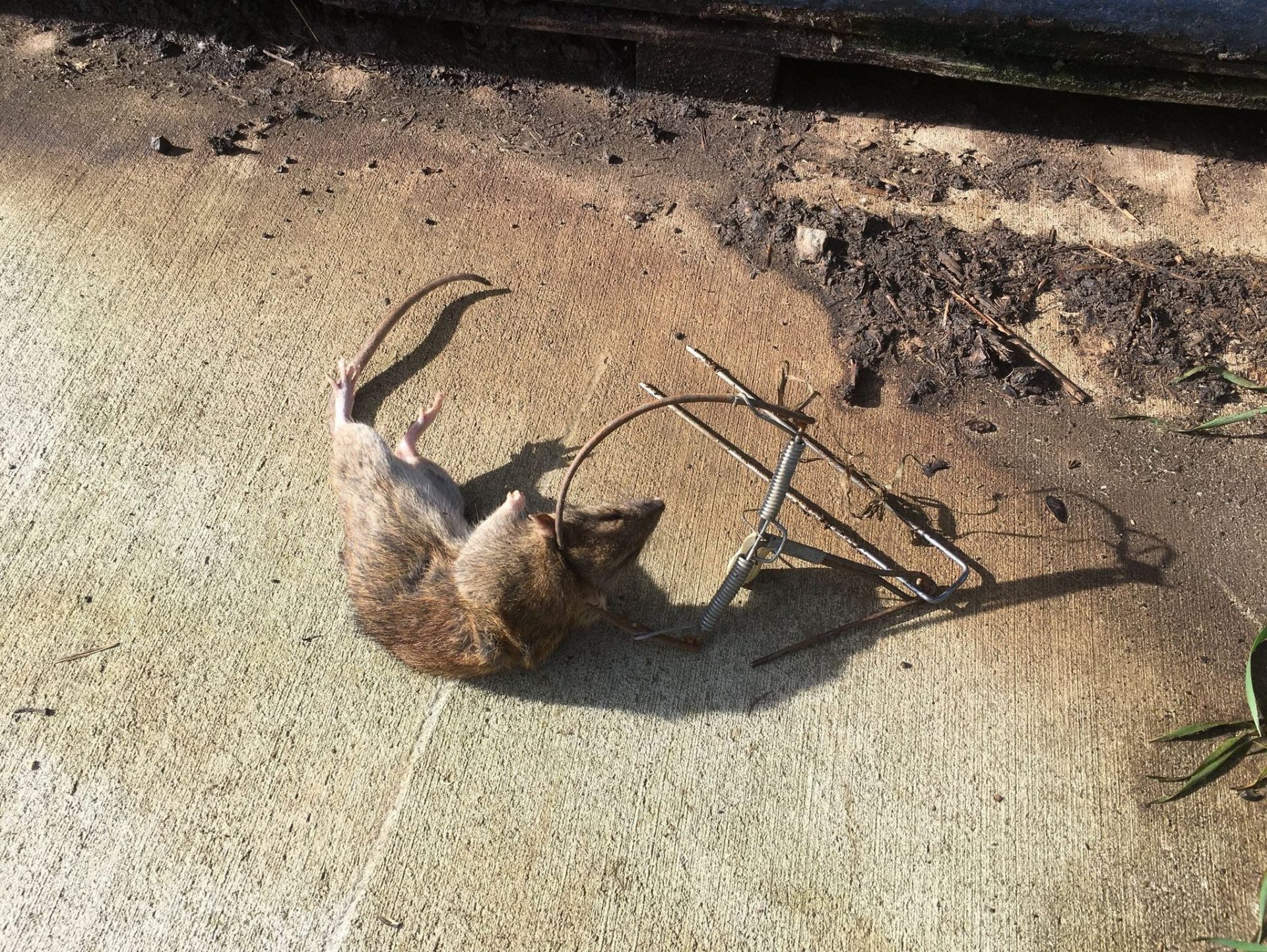
The trap that got him was no cheap industry special. It was a steel body trap with 2 springs. It was baited with a peanut and some leafy compost greens. Thanks to traps like this, I was finally nailing larger adult rats….instead of picking off juvenile after juvenile, litter after litter, like most industry rat techs do.
The First Rat Hunt at Home lasted from February to mid June 2020. The barn was the first to clear, sometime in early May. I knew it was clear once I began to catch mice and voles in my exterior traps; and discovered no hits on the free food I stocked in the Volehalla boxes set inside the barn. The compost pile took a while longer. I noticed my traps suddenly went very quiet in mid June, but it wasn’t until Rowan invited a pack of humans with rat hunting terriers to do a hunt on the farm did I know I’d won. The humans and their dogs had a good rep. They boasted that they’d killed as many as 60 rats at a chicken farm in once day! They roamed the farm in search of rats for hours. Rowan even turned the monster compost pile again, but the humans and their pack of employable terriers didn’t find a single rat. Not one.
Naturally, at the end of their hunt, I smiled at the domesticates and said, “Gee, that’s too bad. Maybe you’ll have better luck next time.” I can’t remember the last time I was so happy. It was a major victory. Tame creatures (especially lacky Disney dogs and Pet People) have no business hunting rats anyway. It’s an offense to the honor and wildness of rats.
When we finally nailed an ending to The Great Headwaters Rat Infestation, the final count was 56 rats and 84 mice.
R.I.P. Tomato Badass, Grunt, and The Monster who Rowan claimed “shook the barn” when it hit the barn door as it fled the wrath of the Headwaters Farmers. Your stories will be remembered. That’s what good rat catchers do best.
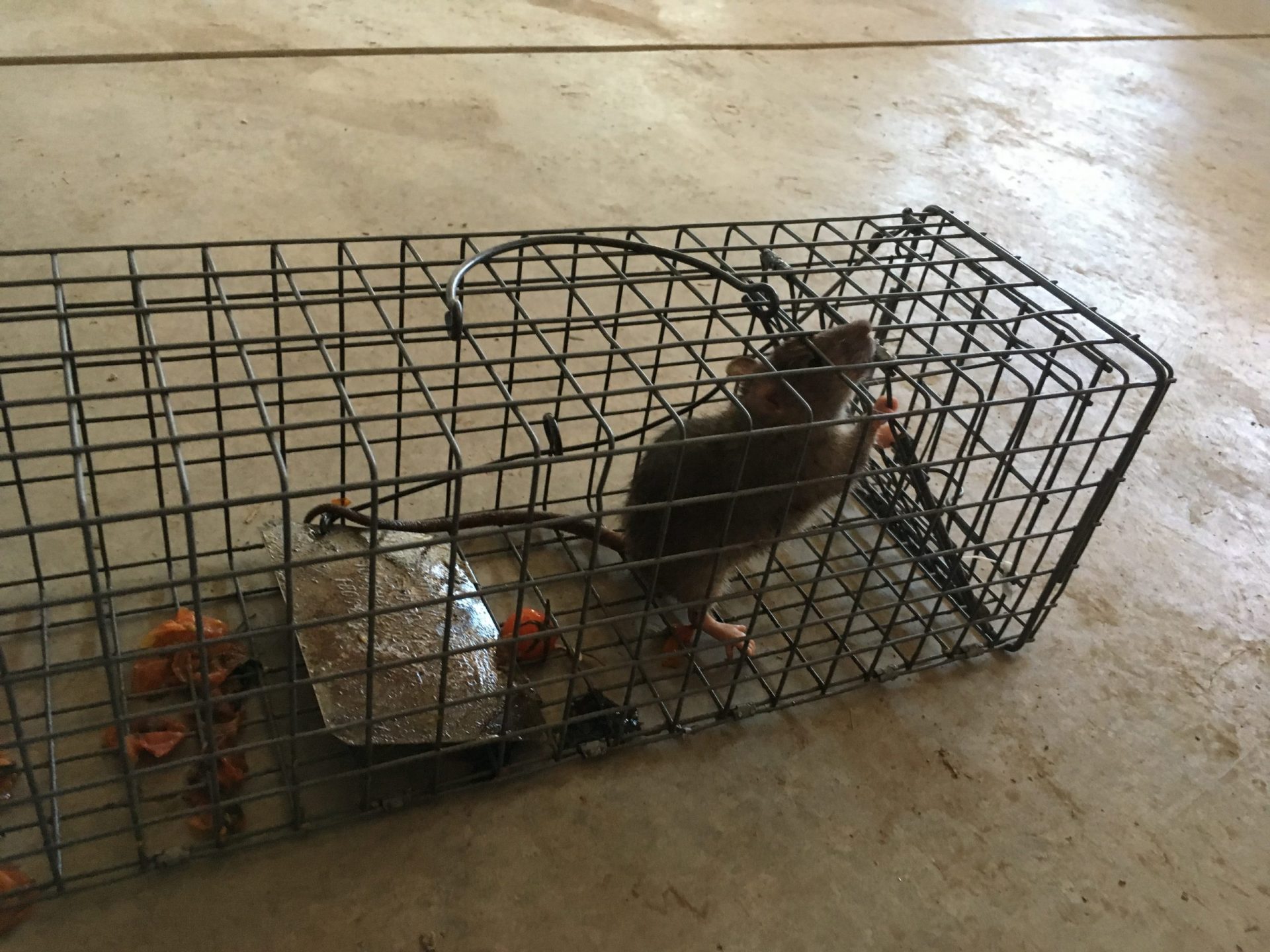


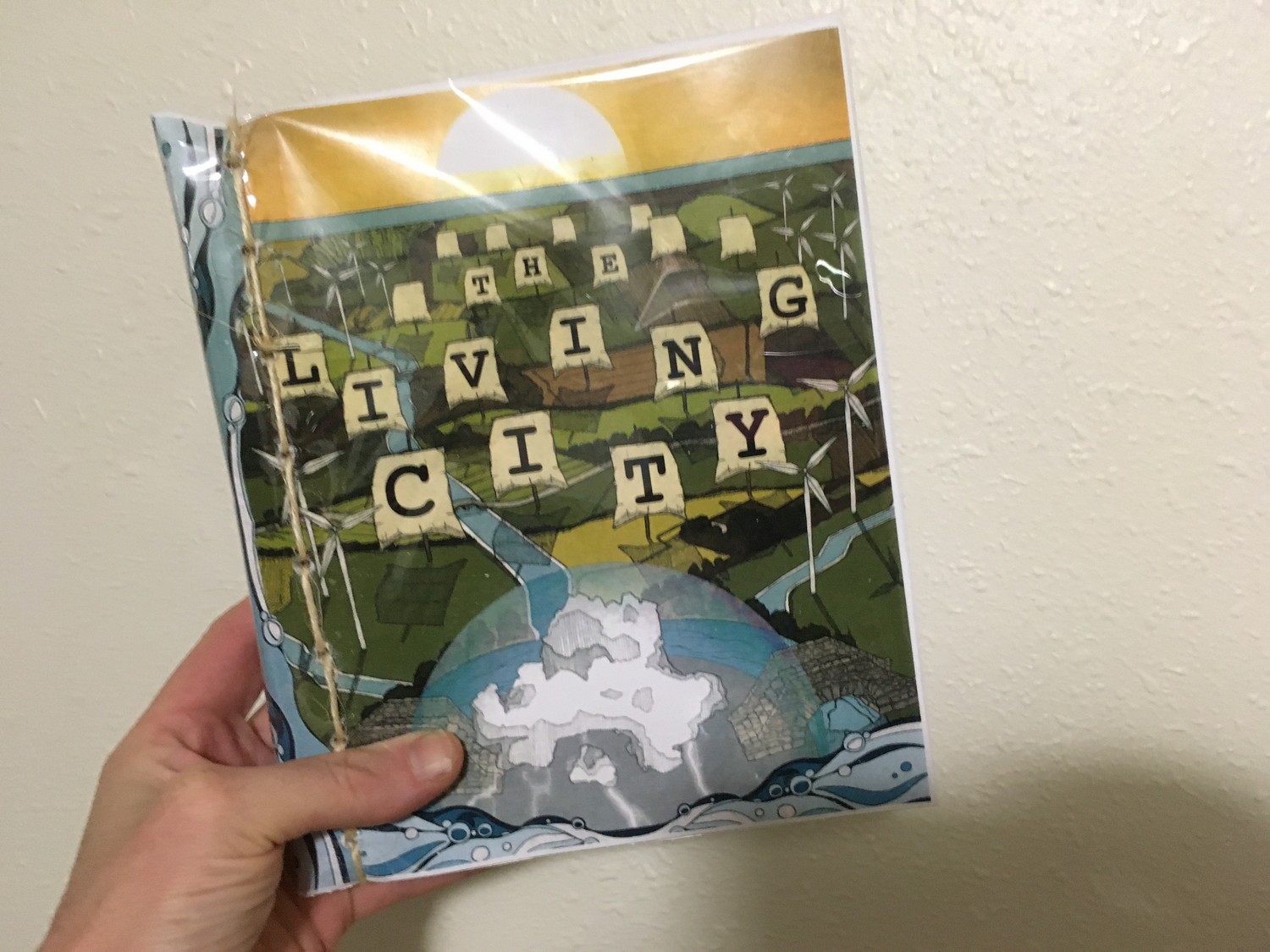





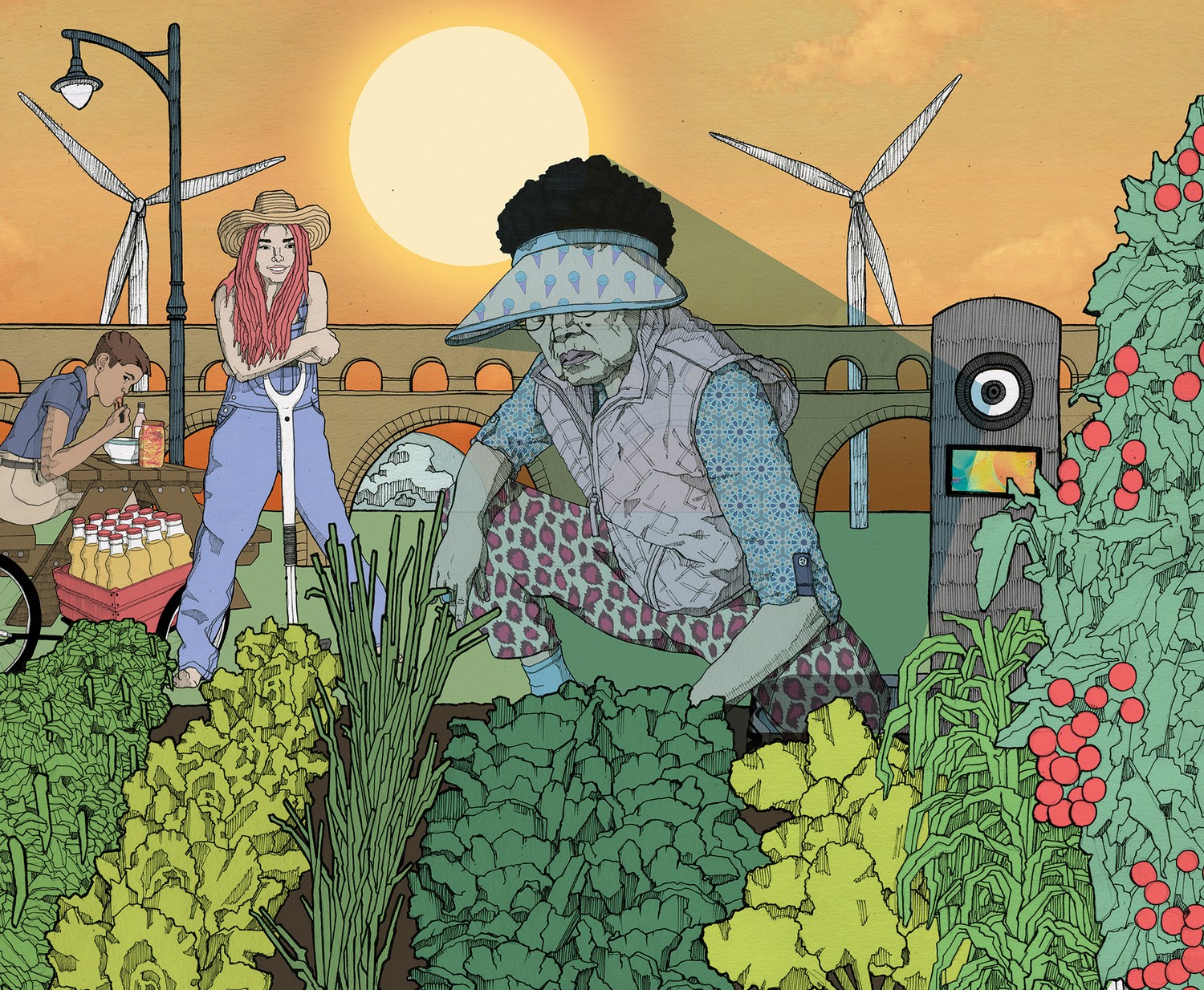

0 Comments